Your pantry might look pristine, but lurking within could be items that have quietly spoiled. These once-reliable ingredients can lose their potency or become unsafe, all while appearing unchanged. This guide sheds light on 12 common pantry staples that might be spoiling without your knowledge.
Olive Oil
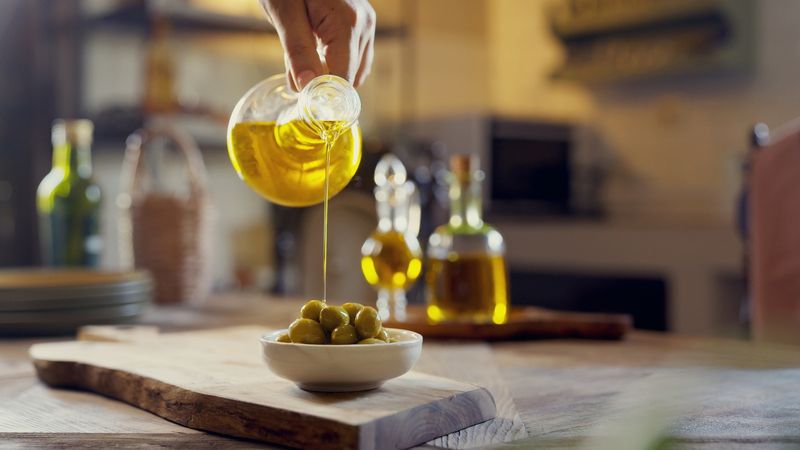
Olive oil, cherished for its rich flavor and health benefits, can go bad unbeknownst to many. Despite its liquid gold appearance, overexposure to light or heat can cause it to turn rancid. The once fragrant oil may lose its aromatic allure.
Have you noticed a metallic or off smell when opening a bottle? This is a sign it’s spoiled. Even without visible changes, the flavor can degrade, impacting your dishes. A quirky fact: the best way to store olive oil is in a cool, dark place, much like a wine cellar.
Flour
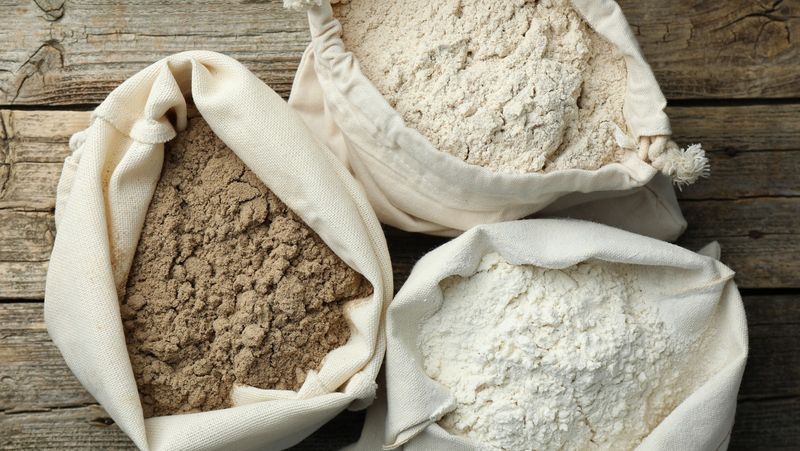
Flour, a baking staple, might seem timeless but can quietly spoil due to its natural oils. A slight musty or sour odor signals that it’s gone bad.
Insects such as weevils also love to make a home in flour if stored too long. To keep flour fresh, transfer it to an airtight container away from humidity. Did you know? Whole wheat flour spoils faster due to higher oil content.
Honey

Honey, nature’s sweetener, is unique as it never spoils traditionally. However, it can crystallize or ferment if exposed to moisture.
Crystallized honey is safe but can be off-putting in texture. Fermentation, on the other hand, indicates spoilage with a sour taste. Fun fact: Honey was found in ancient Egyptian tombs, still edible! For the best experience, store honey in a sealed container at room temperature.
Spices

Spices add zest to our meals, yet their potency fades over time. An opened jar of paprika or cinnamon might lose its vibrant aroma and flavor, becoming shadows of their former selves.
Try rubbing a pinch between your fingers: if the fragrance is faint, it’s time to refresh. A spice’s vibrant color can also dull with age. Keep spices fresh by storing them in a dark, cool cupboard. Interestingly, nutmeg was once so prized, wars were fought over it.
Rice
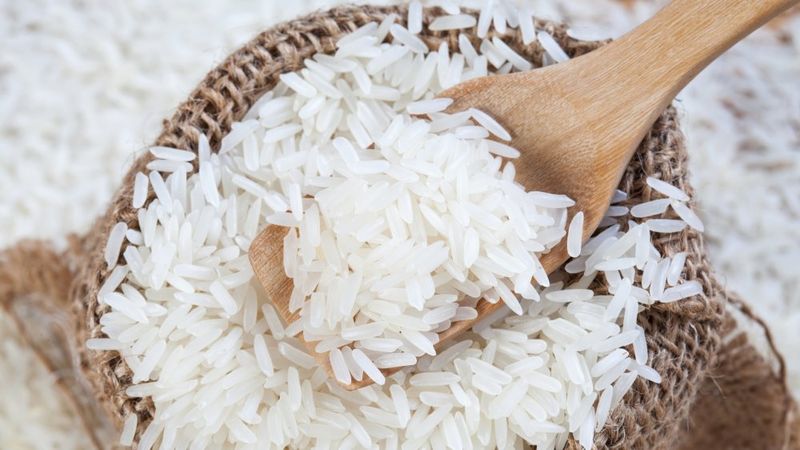
Rice, a global staple, can host unwanted guests like pantry moths if not stored properly.
Though it appears unchanged, rice can absorb moisture, altering its texture and flavor. White rice is more resilient, while brown rice, with its natural oil, spoils faster. For longevity, store rice in a sealed container in a cool, dry place. Did you know? Basmati rice has been aged for years to enhance its flavor.
Dried Beans
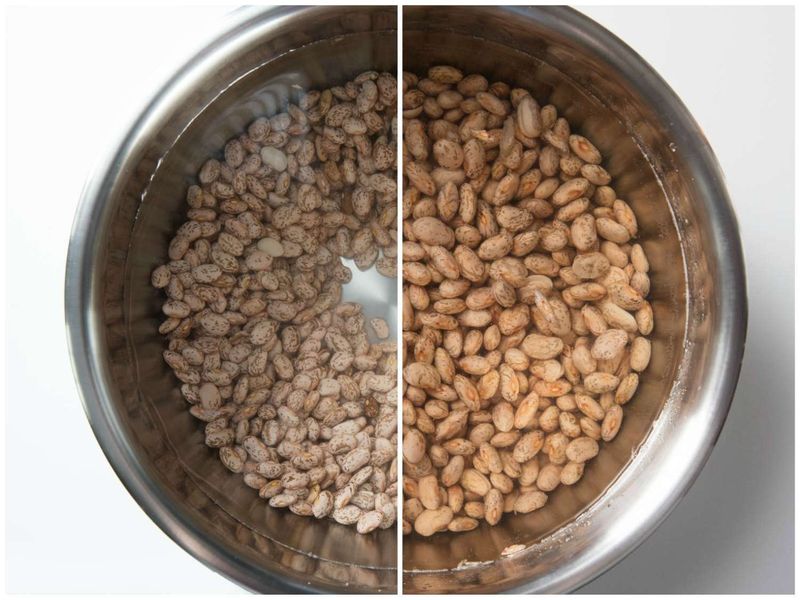
Dried beans are a pantry powerhouse but can lose their vitality over time. If beans are too old, they remain hard even after soaking and cooking.
Their outer skin can become brittle, breaking apart easily. To ensure freshness, cook beans within a year of purchase. A quirky tidbit: the older the bean, the longer the cooking time required. Store them in a cool, dry place for best results.
Vinegar

Vinegar, known for its tangy zip, can lose its zing over time. While it technically doesn’t spoil, its quality degrades.
Sediment forming at the bottom of the bottle or a change in aroma indicates it’s past its prime. For vibrant flavors, store in a cool, dark place. Did you know? Vinegar was used in ancient times for its medicinal properties, touted as a cure-all by Hippocrates.
Nuts

Nuts, packed with healthy fats, are prone to turning rancid. A whiff of the container can reveal an unpleasant, bitter odor if they’ve spoiled.
Their natural oils oxidize over time, especially if exposed to air. For prolonged freshness, store nuts in airtight containers, preferably in the fridge. Fun fact: Ancient Romans believed walnuts could ward off evil spirits.
Canned Goods
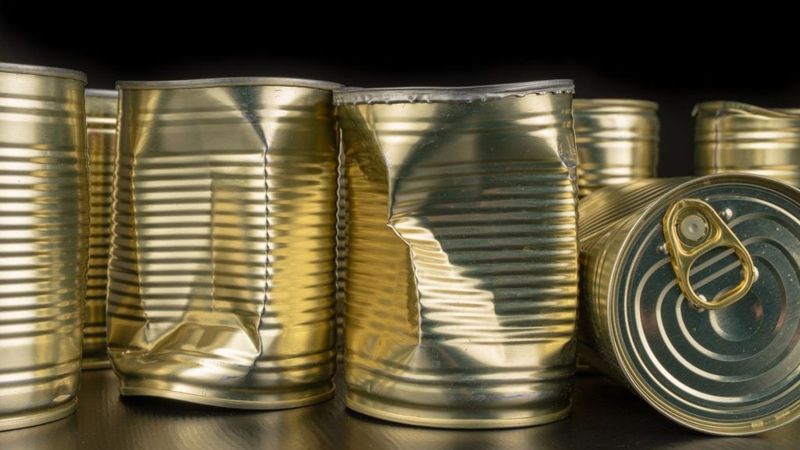
Canned goods, celebrated for their long shelf life, aren’t immune to spoilage. Bulging tops or rust spots signal a compromised seal, leading to potential contamination.
While the contents might seem untouched, the risk of foodborne illness increases. Always store cans in a cool, dry place, and check expiration dates regularly. Intriguingly, canned food was first created for Napoleonic military campaigns to preserve food for soldiers.
Tea Leaves
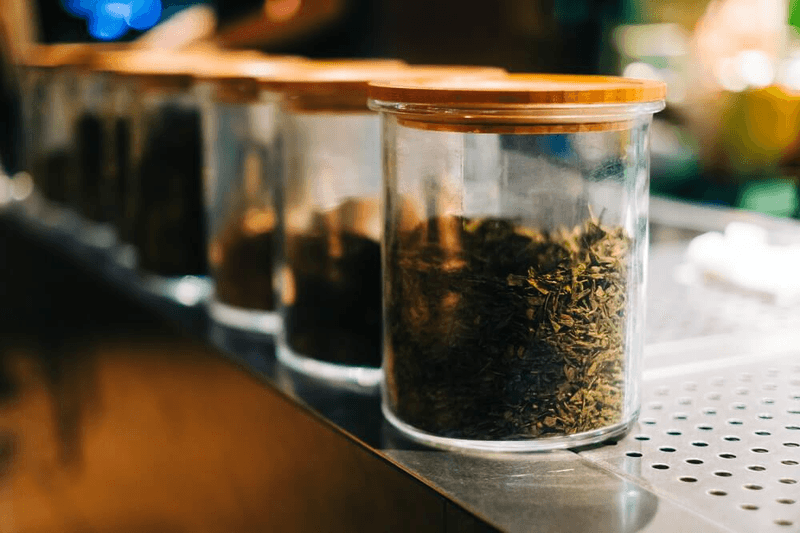
Tea leaves, known for their calming brew, can lose their essence over time. A stale odor or a faded flavor in your cup suggests the leaves have aged.
Store tea in airtight containers away from light and moisture to maintain their soothing qualities. Fun fact: Tea was once so valuable, bricks of tea leaves were used as currency in parts of Asia.
Pasta
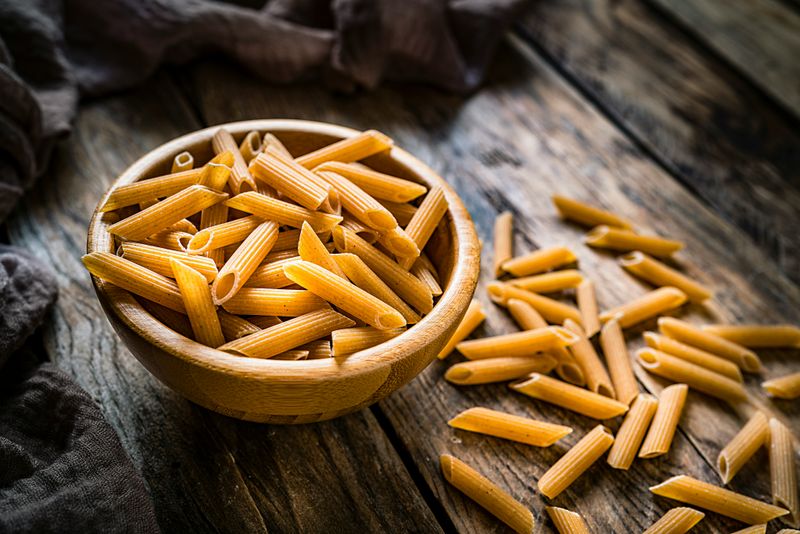
Pasta, a dinner staple, isn’t immune to spoilage. Though it may appear unchanged, exposure to air and moisture can alter its texture.
If pasta becomes brittle or develops an off smell, it’s time to toss it. For optimal storage, keep pasta in a sealed container in a dry, cool pantry. A fun tidbit: Italians consume more pasta per person than any other country, a testament to its cherished status.
Chocolate

Chocolate, the ultimate indulgence, can develop a white film, known as bloom, when its fat or sugar crystallizes. Though safe to eat, the texture and flavor can be compromised.
Store chocolate in a cool, dry place to avoid bloom. Curiously, chocolate was once consumed as a bitter drink by ancient civilizations, a far cry from today’s sweet treat.
Leave a comment